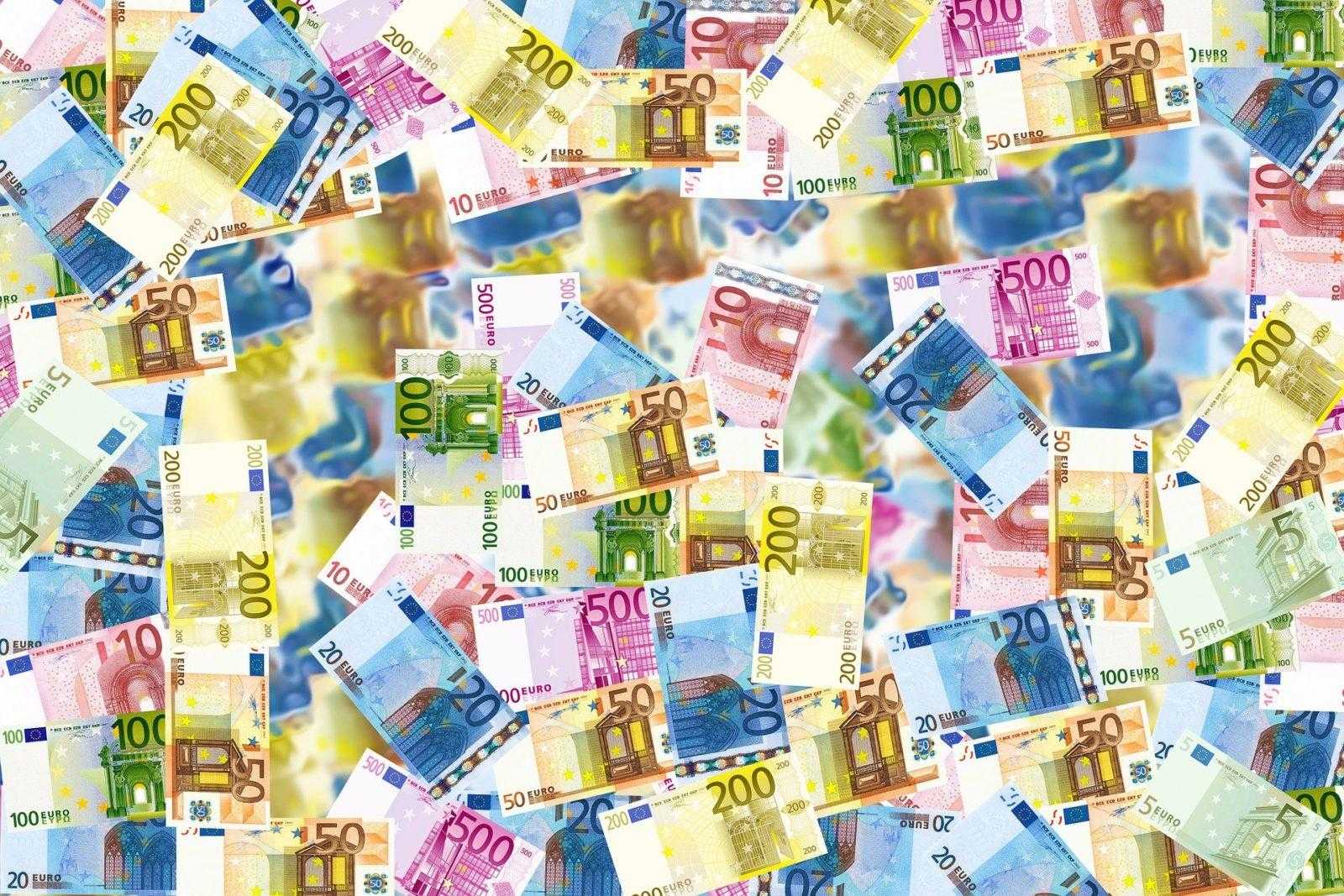Euro Foreign Exchange Rate Against the US Dollar Strengthens

The EUR/USD pair has gathered strength after falling to levels of 1.0637 in March 2020. In June, it rose to 1.1901 highs. In August, the euro FX rate continues its upward journey against the US dollar. It is trying to cross the 1.1900 levels, which is showing stiff resistance. However, with good data pouring in, the currency pair is expected to show continuing strength.
The eurozone continues to see strong growth, with output expanding in July. Activity is picking up in particular areas like the manufacturing and the service sector. The composite purchasing managers index has increased to 54.9, with orders picking up after the coronavirus lockdown slowed down the economy in March.
Though international trade demand continues to remain weak, there is a broad-based improvement in the zone. The euro foreign exchange rate has strengthened with retail sales returning to pre-crisis levels.
Eurostat, which is the statistics office of the European Union, states that the volume of purchasing has increased by 5.7% in June from the previous month. Retail sales have improved in Spain, Italy, and Ireland but were slower in Austria and Germany.
The KOF Swiss Economic Institute reports that the Swiss economy is coping with the Covid-19 crisis better than other European countries. KOF data shows that the Swiss labour market is brightening. Forecasts predict a sharp rebound in the pharmaceutical and financial sectors.
The Greenback on a Brief Recovery
In the US, the White House and the Democrats are expected to reach a deal to unleash a virus-relief package to support the economy. The US Treasury Secretary Steven Mnuchin has said that there is a positive development in talks. More stimuli is expected with promising talks having taken place.
The US dollar index is seeing a brief recovery at 92.55. Towards the end of July, the dollar index lost its critical support level at 95.00 and headed southwards.
The ADP National Employment Report disappointed investors, with the US private-sector employment increasing by 167k jobs from June to July, while estimated numbers were at 1500k. The weakening greenback is declining against the stronger Euro FX rate.
EUR/GBP at Key Levels
The Euro FX rate against the US dollar continues its struggle to remain above the 0.9000 marks. It has been range-bound for the past three months. It faces another hurdle at 0.9170 levels. However, if it breaches the 0.9000 level and moves below 0.8980, it will spiral down to 0.8850 levels.
The Euro foreign exchange rate against the dollar has a support net at 0.89 levels and may not leave this level in a hurry.
GBP/USD Currency Pair Gains with Dollar Weakness
After dipping briefly to levels of 1.2981 on Tuesday, the currency pair rebounded to push past critical levels of 1.300. On Wednesday, the currency pair was trading at levels of 1.312. Sustained selling bias on the US dollar is giving momentum to the GBP/USD pair. Once it crosses levels of 1.3200, it may increase to 1.3250 levels, which will provide stiff resistance.
The UK has more than 3 million confirmed cases of coronavirus, with deaths accounting to 46,300. The US, Brazil, and India have even more COVID cases than Britain. It continues to hamper economic recovery. Both the Sterling and the US Dollar are relatively weaker than the Euro foreign exchange rate.
AUD/USD on a Positive Note
The Australian dollar continues its rally upward. Moving along a strong trend, there is potential for even more strengthening for the Australian dollar. With the US Dollar getting hammered, the trend remains positive in the long term. It is trading above the July highs and testing this year’s peak.
The Reserve Bank of Australia has promised monetary support by the purchase of government bonds worth AU$500 m to stimulate the economy.
New Zealand’s job report is expected to bring the New Zealand dollar towards positive territory. It’s unemployment rate has fallen from 4.2% to 4% for the second quarter, while market expectations were at 5.8%, bringing cheer to the economy.
Meanwhile, in Japan, the Euro FX rate against the Japanese Yen is trading above the July high of 125.53. It has to remain above the 38.2% Fibonacci at 123.09, to move higher.
US and China to Address Grievances
The US-China tensions continue to hamper trade. Officials from both countries have agreed to hold talks on Aug 15. Beijing’s compliance with the bilateral trade agreement “Phase One” will be discussed.
The State Administration of Foreign Exchange, the exchange regulator of China, has stated in a notice that it was waiving trading fees to bolster the Yuan. However, the US dollar, the British pound, the euro, the Hong Kong dollar, the Australian dollar, and the Japanese yen are not covered by the exemption fee.
Imports and exports in Canada saw a quick rebound in June. Motor vehicles have performed well. The trade deficit has widened to $3.2 billion in June from $1.3 billion in May.
Gold rallied to scale new highs above $2,000 per ounce. Geopolitical risks are making investors seek safe-haven metal to protect their investment. With slowing growth, gold is expected to rise further, with the weakening dollar.

